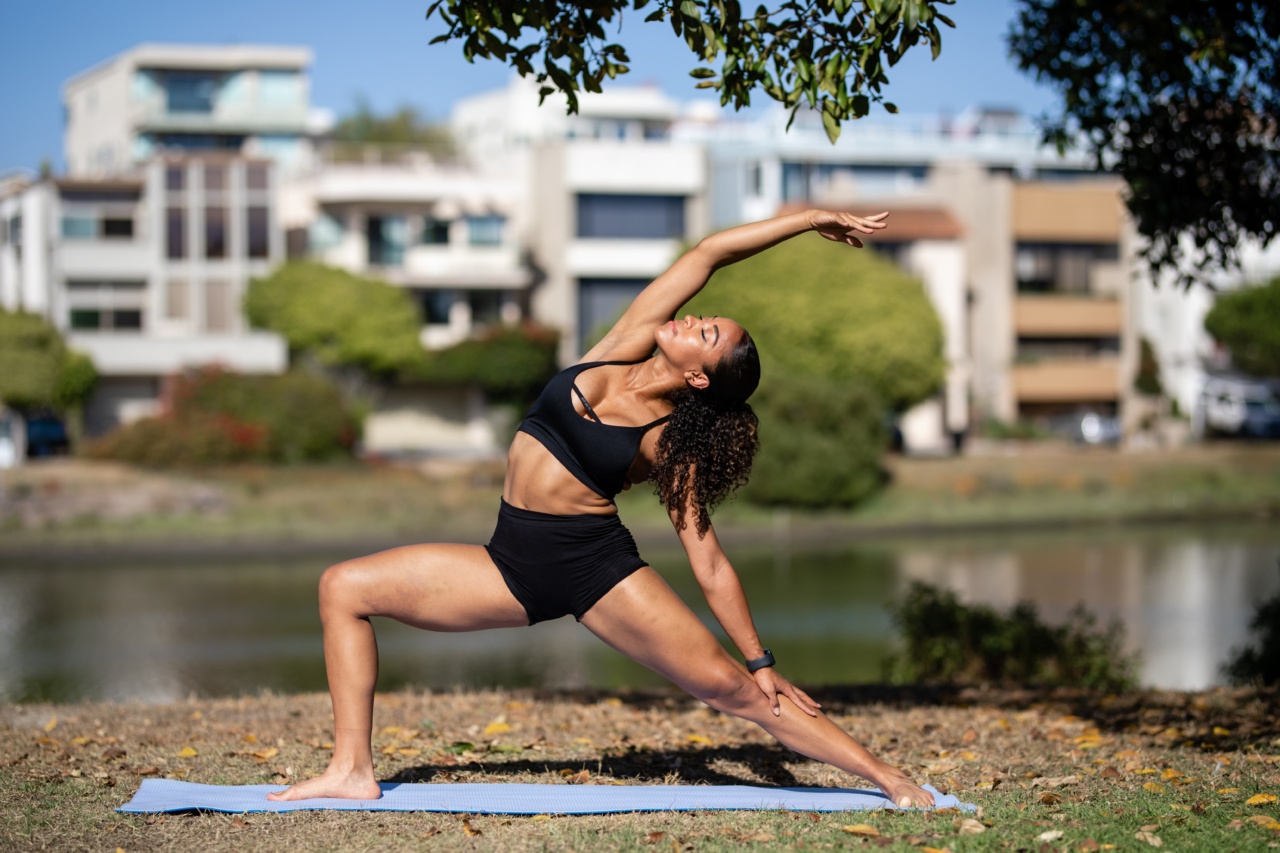Wearing shorts has become a popular trend among women all over the world. They are comfortable and convenient, especially during the hot summer months.
However, studies have shown that women who frequently wear shorts are more prone to cardiovascular diseases. Let’s take a deeper look at why this is so.
1. Exposure to UV rays
Wearing shorts exposes the legs to harmful UV rays from the sun. These rays can damage the skin cells, causing DNA mutations, and leading to the development of skin cancer. However, this is not the only issue with UV rays.
The vascular system in the legs can also be affected by prolonged exposure to UV radiation. The vessels may become narrow, leading to poor blood flow. Conversely, the blood vessels may widen, leading to a sudden drop in blood pressure and fainting.
2. Lack of Protection from Insects and Injuries
When women wear shorts, their legs are much more exposed than when they wear pants. This leaves the legs vulnerable to insect bites and injuries from accidents.
Mosquitos and other insects can carry diseases such as West Nile virus, which can lead to cardiovascular issues such as inflammation of the heart or its lining. Similarly, cuts and bruises can become infected, leading to secondary complications. These infections can spread to the bloodstream and cause sepsis, which can lead to septic shock and even cause cardiovascular collapse.
3. Poor Circulation from Sitting Positions
Women who wear shorts are often more likely to sit with their legs crossed. Crossing the legs constricts blood vessels and hinders circulation. The blood struggles to get past the narrowed vessels, causing a backlog of blood in the lower legs and feet.
In the long term, blood clots can develop in the legs, which can break off and cause pulmonary embolisms which can be deadly. Poor blood flow can also lead to varicose veins, which may require surgery to correct.
4. Inadequate Protection from Cold Temperatures
Another disadvantage of shorts is that they do not provide any protection against cold temperatures. Exposure to cold environments can constrict the blood vessels in the legs, causing hypothermia.
To combat this, the body relies on the heart rate to increase, which can lead to an increased risk of heart attack or stroke in individuals with a pre-existing cardiovascular condition.
5. Increases Stress on the Body
Wearing shorts can also increase stress on the body. When the body is too hot, it produces sweat to regulate its temperature. This can lead to dehydration which makes the heart work harder to circulate blood through the body.
Dehydration can cause the blood to thicken which makes it harder for the heart to pump and increases the risk of heart attack.
6. Negative Effect on Body Image
Wearing shorts can lead to negative body image issues in some women. Studies have shown that when women have a negative body image it increases their likelihood of developing cardiovascular disease.
This is because when women perceive themselves as overweight or less attractive, they tend to engage in behavior that can be detrimental to their health such as smoking and consuming alcohol, which are both associated with cardiovascular disease.
7. Increased Risk of Blood Clots and Vein Issues
Wearing shorts increases the risk of developing blood clots and vein issues in the legs. This can lead to deep vein thrombosis (DVT), which can be fatal if the clot travels to the lungs and causes a pulmonary embolism.
Varicose veins are another issue that women who wear shorts are more likely to develop. Varicose veins are twisted, enlarged veins near the surface of the skin and can lead to leg swelling, skin ulcers and bleeding.
8. Lack of Comfort while Working
Wearing shorts in a working environment can lead to discomfort in work stations that require sitting for extended periods. The lack of proper support and cushion for the body can lead to back pain and poor posture.
This can increase stress on the body and lead to an increased risk of cardiovascular problems such as heart attacks and strokes.
9. Exposure to Polluted Environment
Wearing shorts exposes the legs to polluted environments which can lead to respiratory issues. When pollution gets into the lungs, it can narrow the vessels which can increase the risk of heart attacks and stroke.
Additionally, the chemicals found in pollution can cause oxidative stress which can damage the blood cells and increase the risk of cardiovascular issues.
10. Sedentary Lifestyle
Wearing shorts may also contribute to sedentary lifestyles as more leisure activities are associated with wearing shorts. When people do not engage in regular exercise their risk of developing cardiovascular disease increases.
This is because regular exercise strengthens the heart and cardiovascular system making it more resilient and better able to deal with stress.
Conclusion
Wearing shorts may be a popular trend, but unfortunately, it can have detrimental effects on women’s cardiovascular health.
The exposure to UV rays, insects, and injuries, sitting positions, cold temperatures, stress, body image issues, increased risk of blood clots and vein issues, lack of comfort while working, exposure to polluted environments, and sedentary lifestyle all contribute to a higher likelihood of cardiovascular disease. Women should be mindful of the health risks associated with wearing shorts and take appropriate precautions to protect themselves.
Some precautions could include applying sunscreen before going out in the sun and avoiding sitting in positions that restrict blood flow.






























